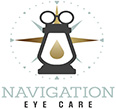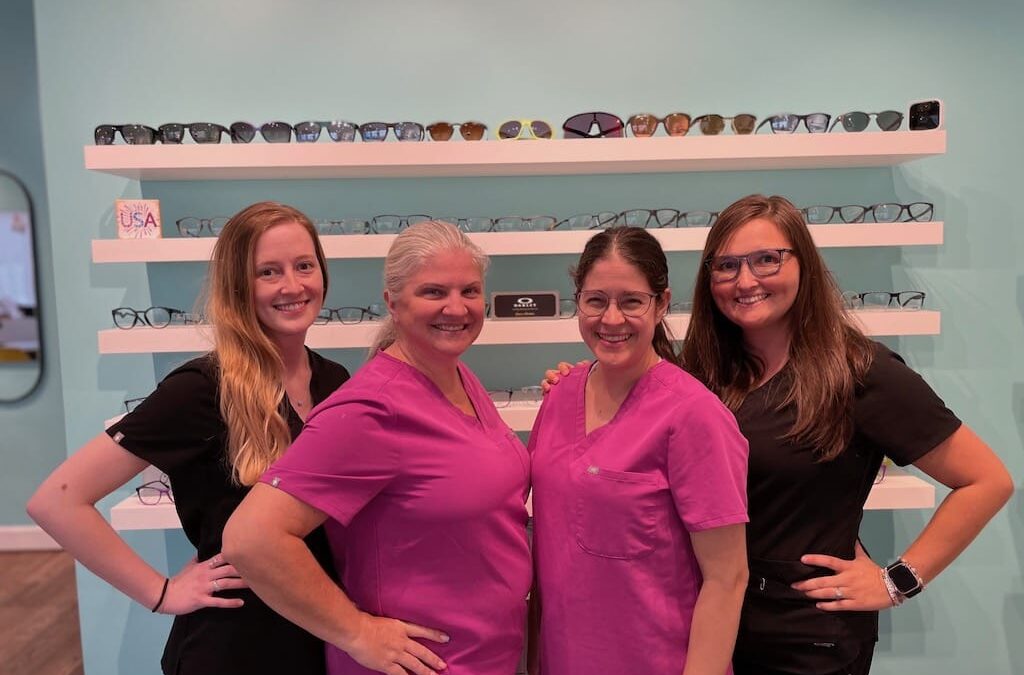Eye Safety in Play: How to Choose Safe Toys for Children
As parents, we want our children to enjoy playtime to the fullest. However, ensuring their safety while they explore the world of toys is paramount. Many parents may not realize that some toys can pose risks to their children’s eye health. We’ll explore the importance of selecting safe toys and how Optometrist Chesapeake VA at Navigation Eye Care can help protect your child’s vision.
The Role of Toys in Development
Toys play a significant role in a child’s development. They encourage creativity, enhance motor skills, and foster cognitive growth. While toys are essential for a child’s overall well-being, it’s equally important to prioritize their safety, especially when it comes to their eyes.
Understanding Toy-Related Eye Injuries
Eye injuries related to toys are more common than one might think. According to the U.S. Consumer Product Safety Commission, thousands of children visit emergency rooms each year due to toy-related injuries. Eye injuries, including scratches, foreign body penetration, and blunt trauma, are among the concerns.
Choosing Safe Toys: A Guide
Here are some crucial considerations when selecting toys to ensure your child’s eye safety:
1. Age-Appropriate Toys
Always choose toys that are age-appropriate. Manufacturers provide age recommendations for a reason. These guidelines help ensure that the toy’s complexity matches your child’s developmental stage, reducing the risk of accidents.
2. Avoid Toys with Sharp Edges or Protruding Parts
Toys with sharp edges or parts that can protrude are potential hazards for eye injuries. Opt for toys with smooth, rounded edges and no small, detachable components that could be a choking hazard.
3. Beware of Projectile Toys
Projectile toys like dart guns or slingshots can pose a significant risk to eye safety. Be cautious when allowing your child to play with these types of toys, and always provide supervision.
4. Inspect for Quality and Durability
Choose toys that are well-made and durable. Toys that break easily can have sharp edges or pieces that may harm your child’s eyes.
5. Arts and Crafts Safety
Be mindful of arts and crafts materials like scissors, glue, or markers. Ensure they are child-safe and that your child uses them under supervision.
6. Outdoor Play Safety
For outdoor activities, consider providing your child with protective eyewear, especially when playing sports or games that involve flying objects.
The Role of a Pediatric Eye Doctor
Regular eye check-ups with Optometrist Chesapeake VA at Navigation Eye Care and her team are essential for monitoring your child’s eye health. These exams can detect any signs of eye injury or vision problems caused by accidents or unsafe toys.
Safety First: A Parent’s Responsibility
Ensuring your child’s safety during playtime is a shared responsibility between parents and caregivers. By following the tips outlined above and staying vigilant, you can significantly reduce the risk of toy-related eye injuries.
A Safer Playtime Experience
As parents, we want our children to explore, learn, and have fun with their toys. However, it’s equally important to prioritize their safety, including their eye health. By choosing safe toys and scheduling regular eye check-ups with Optometrist Chesapeake VA at Navigation Eye Care, you can provide your child with a safer playtime experience and peace of mind knowing their vision is well-protected.
Remember, safe toys equal happy playtime! So, let’s keep our children’s eyes sparkling and free from harm as they embark on their adventures in the world of play.
Seeing Clearly at School: Tips for Teachers on Identifying Vision Issues
As educators, teachers play a pivotal role in shaping the futures of their students. While focusing on academic development is crucial, it’s equally important to ensure that students can see clearly to excel in their studies. Vision issues can often go unnoticed, but with the right knowledge and awareness, teachers can make a significant impact. We’ll provide valuable insights and tips for teachers to identify vision issues and collaborate with the highly trusted and sought after Optometrist Chesapeake VA at Navigation Eye Care for students’ well-being.
The Connection Between Vision and Learning
Clear vision is a fundamental requirement for effective learning. Approximately 80% of what a child learns is through their eyes, making good vision essential in the classroom. When students have undetected vision issues, it can hinder their academic progress and overall confidence.
Recognizing Common Signs of Vision Issues
Teachers are often the first to notice signs of vision problems in students. Here are some common indicators that may suggest a student is experiencing vision issues:
1. Frequent Headaches or Eye Strain
Students who frequently complain of headaches or eye strain may be experiencing eye fatigue due to an underlying vision problem.
2. Squinting or Covering One Eye
If a student frequently squints or covers one eye while reading or during class, it could indicate issues with focusing or double vision.
3. Frequent Rubbing of Eyes
Excessive rubbing of the eyes may be a sign of discomfort or irritation caused by a vision issue.
4. Poor Reading Comprehension
Students with vision problems may struggle with reading comprehension, as they may have difficulty tracking words on a page.
5. Avoidance of Reading or Close-Up Tasks
If a student actively avoids reading or close-up tasks, it could be due to discomfort or difficulty in seeing clearly up close.
Taking Action: What Teachers Can Do
- Open Communication: Encourage open communication with students. If a student reports discomfort or difficulty seeing, take their concerns seriously and inform parents or guardians.
- Observe Behavior: Pay close attention to students’ behavior and signs of discomfort during class. If you notice any of the common indicators mentioned earlier, consider discussing your observations with the school nurse or counselor.
- Encourage Regular Eye Check-Ups: Promote the importance of regular eye check-ups with parents and guardians. Suggest that they schedule appointments with Optometrist Chesapeake VA at Navigation Eye Care.
- Provide Adequate Lighting: Ensure that the classroom has adequate lighting to reduce eye strain and discomfort during reading and other close-up tasks.
- Allow Breaks: Incorporate short breaks during class to give students a chance to rest their eyes, especially during tasks that require extended periods of reading or screen time.
Navigating Vision Care with Navigation Eye Care’s Pediatric Eye Doctor
When it comes to addressing vision issues, Navigation Eye Care is a trusted Optometrist Chesapeake VA known for its commitment to children’s eye health. They specialize in pediatric eye care and offer comprehensive eye exams to detect and address vision problems in students.
Empowering Students for Success
Teachers have a unique opportunity to empower students not only academically but also in terms of their overall well-being. By recognizing signs of vision issues and collaborating with Optometrist Chesapeake VA and her team at Navigation Eye Care, teachers can help students see clearly and succeed in their educational journey. Together, educators and eye care professionals can make a significant difference in the lives of young learners, ensuring that they have every opportunity to thrive and excel in school.

